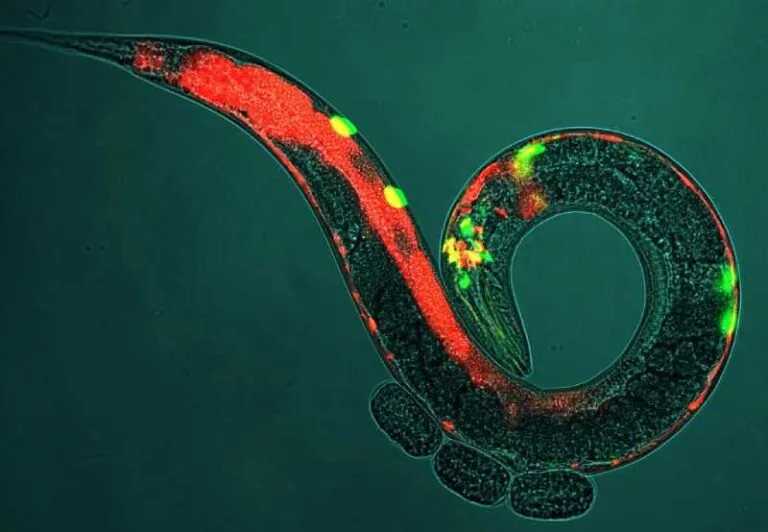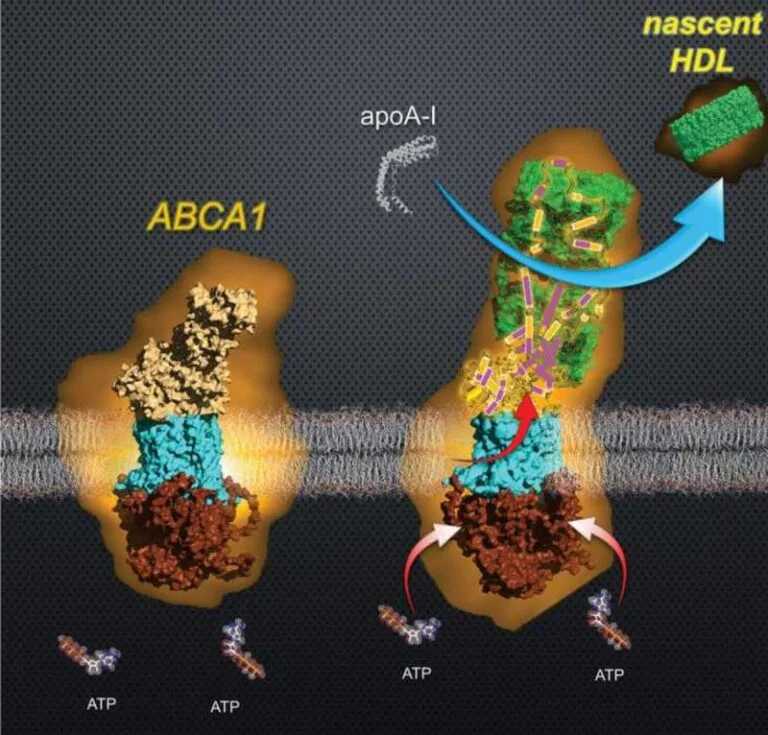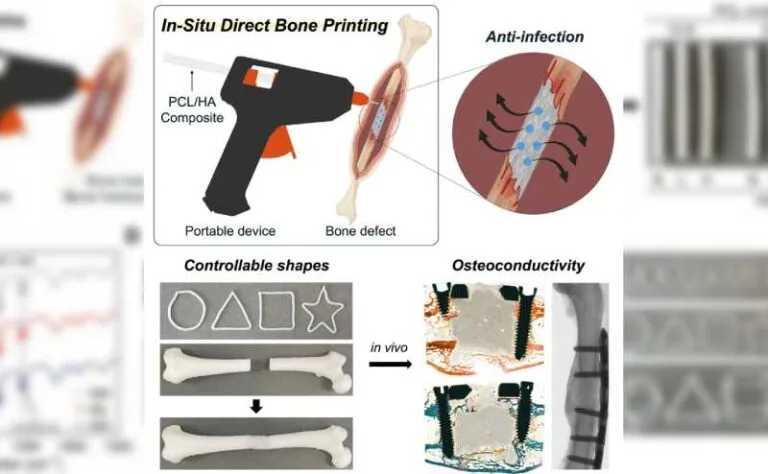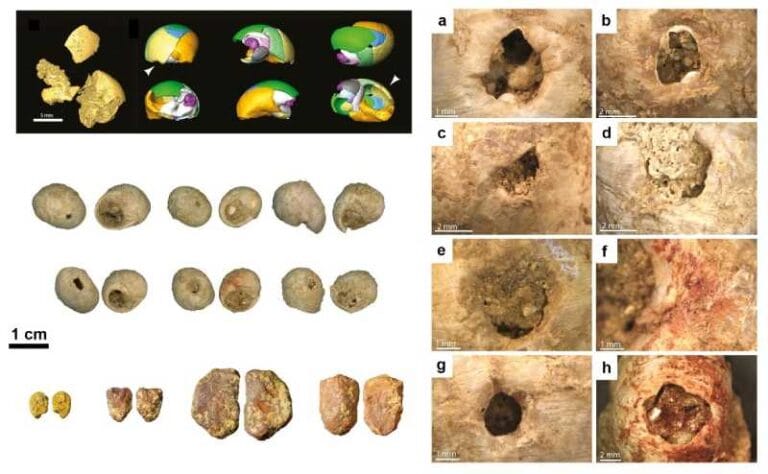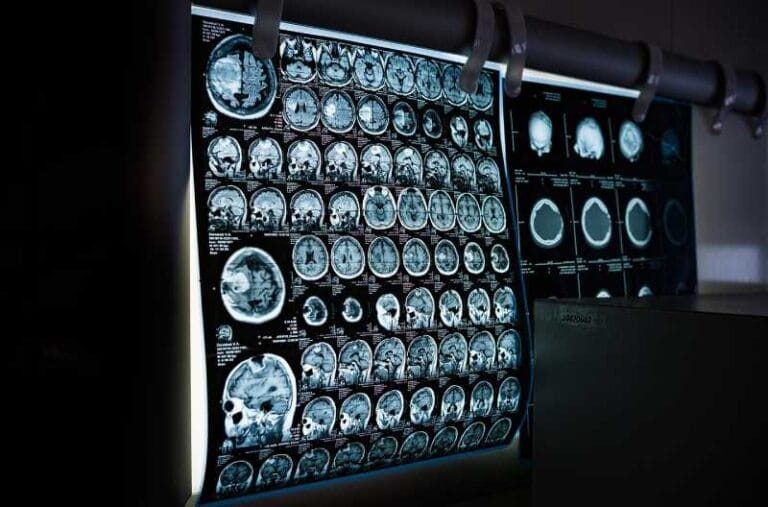Satellite data suggest that the world is getting darker.
A new study published in the Proceedings of the National Academy of Sciences (PNAS) by Norman G. Loeb and colleagues reveals a concerning shift in Earth’s energy balance. Satellite observations over 24 years…




